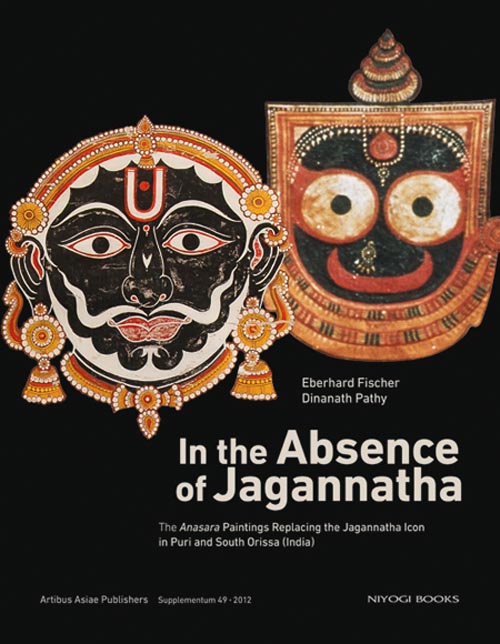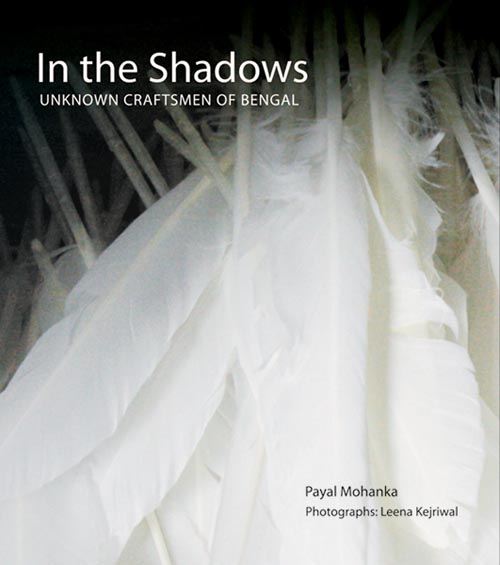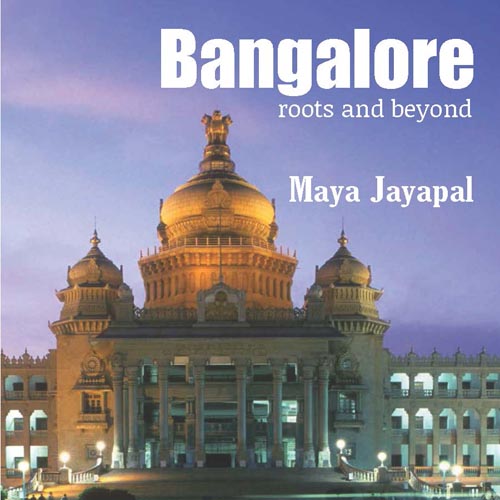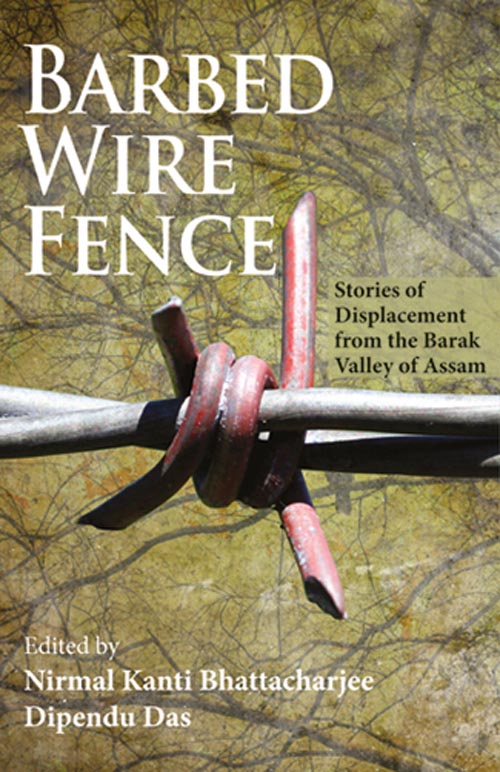Description
ABOUT THE AUTHOR:
:
Eberhard Fischer is an art historian and cultural anthropologist. Till recently he was the Director of the Museum Rietberg Zurich. Shifting attention from his early interest in African art to the art and culture of India in 1965, he became deeply involved first in the craft traditionsof India, especially textiles, and then the mainstream Indian art. Having worked in different regions of India, from Gujarat to Orissa, from Himachal Pradesh to Kerala, he has written extensively, collaborating with a number of renowned colleagues: Among his most authoritative works are: Rural Craftsmen and their Work,Jaina Iconography I and II, The Patola of Gujarat, Orissa, Kunst und Kultur in Nordost Indien, Wonders of a Golden Age, 1987 and Pahari Masters: Court Painters of Northern India (with BN Goswamy, 1992), Murals for Goddesses and Gods The Temple of Devi Kothi , Amorous Delight: The Ama – ru shataka Palm-Leaf Manuscript and Gita -govinda. In addition he also wrote monographs on African art-regions like The Arts of the Dan in West Africa and Guro: Masks, Performances and Master Carvers in Ivory Coast. He was awarded Padma Shri by the President of India in 2011. Dinanath Pathy is a practising contemporary painter, art historian and creative writer. He has significantly researched into the pictorial art traditions of Orissa, its traditional and contemporary nuances, has published extensively, designed and curated international exhibitions. He has been founder-principal of the B.K. College of Art and Crafts, Bhubaneswar, Secretary Lalit Kala Akademi, New Delhi, recipie nt of the Jawaharlal Nehru Fellowship and is currently Director Alice Boner Institute Varanasi. He is a renowned specialist for Orissan art history, especially painting and has published books like: Mural Paintings in Orissa, 1981; Traditional Paintings of Orissa, 1990; Essence of Orissan Paintings, 2001; The Painted Icons – Wall Paintings of the Saura of South Orissa, 1996; The Temple of Jagannatha, Architecture, Sculpture, Painting, Ritual, 2001. He collaborated with Eberhard Fischer since 1977 and jointly with him produced a great number of research articles and books in English as well as in German like: Murals for Goddesses and Gods – the Tradition of Osakothi Ritual Painting in Orissa, 1996 and Amorous Delight: The Amarushataka Palm Leaf Manuscript, 2006. He illustrated children books for UNICEF like Gita and her village in India, 1983 and Gita will be a dancer, 1986 . As a creative writer he produced innovative novels in Odia and won the Orissa Sahitya Akademi award for his Drawing Master of Digapahandi .
ABOUT THE BOOK
:
This “micro art history study†documents in its first part all known samples of anasara pati-paintings, i.e. annually produced pictures on cloth which serve as temporary replacements for the then absent wooden icons in temples of Lord Jagannatha in Puri and South Orissa. Since the iconography of this type of ritualistic paintings is defined by tradition and has to be strictly adhered to by the painters;
changes in iconographic details and even stylistic features can only be minimal. Nevertheless minor deviations occur. By carefully viewing these paintings, the exact range of variations, the scope for
idiosyncrasies, personal liberties and preferences, and the perpetuation of changes in the production of these religious pictures can be pointed out in the face of an ideology advocated and severely controlled by temple authorities that doesn’t permit something like “change†but believes in the permanence of eternal values and forms. In the second part of the book the authors reconstruct the history of anasara-pictures. Here the focus is on why do two different iconographies for the Jagannatha triad co-exist and under what conditions these painted “classical†triptychs may have been invented and made to stay.








Reviews
There are no reviews yet.